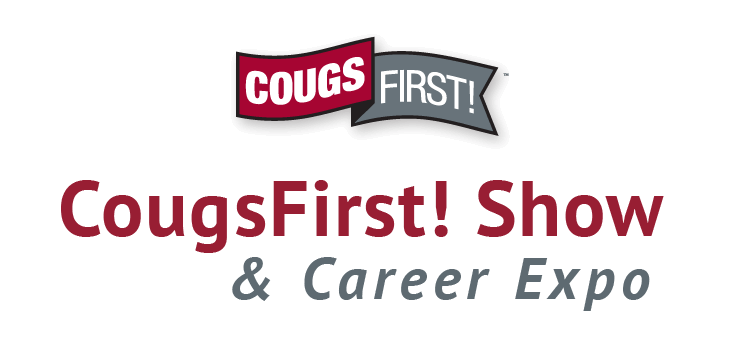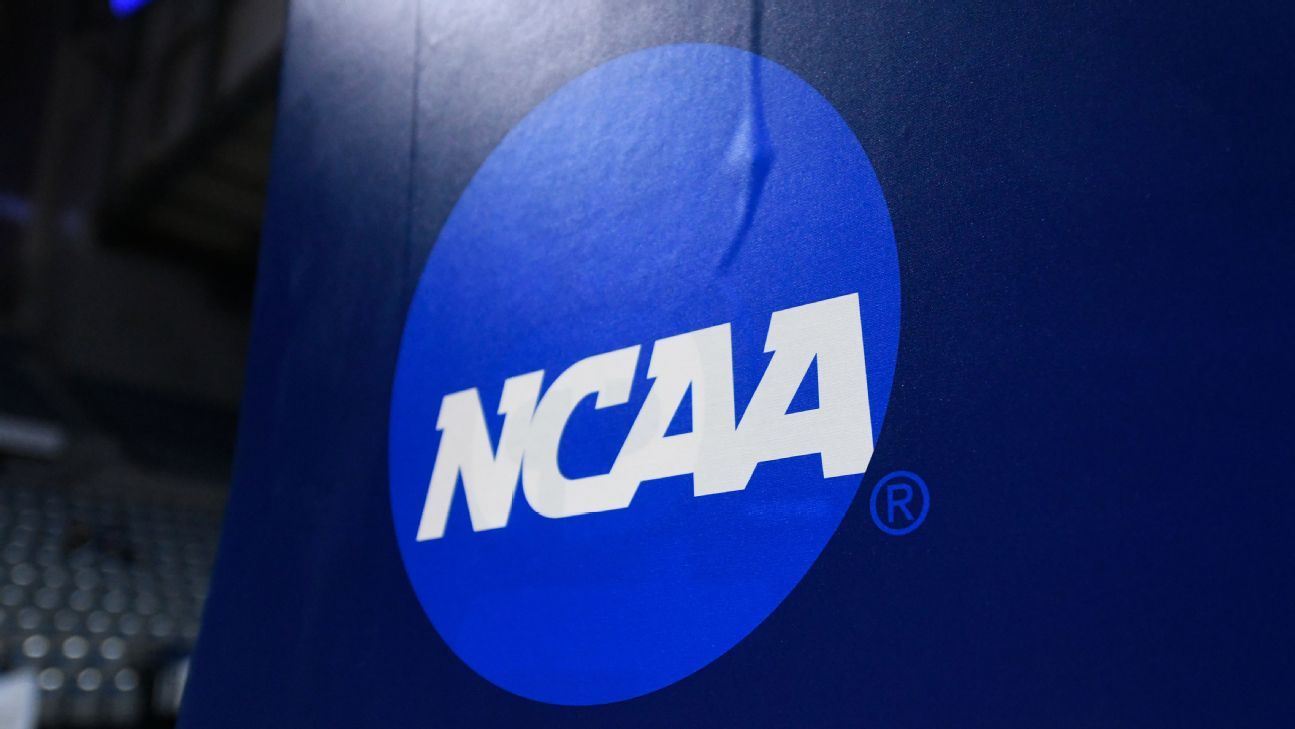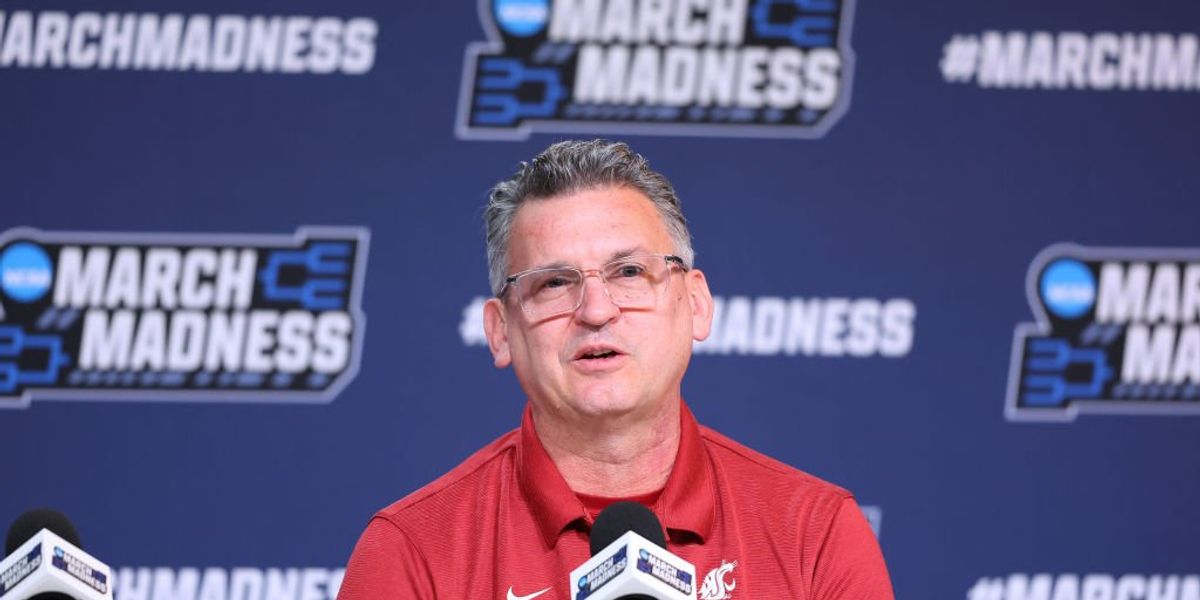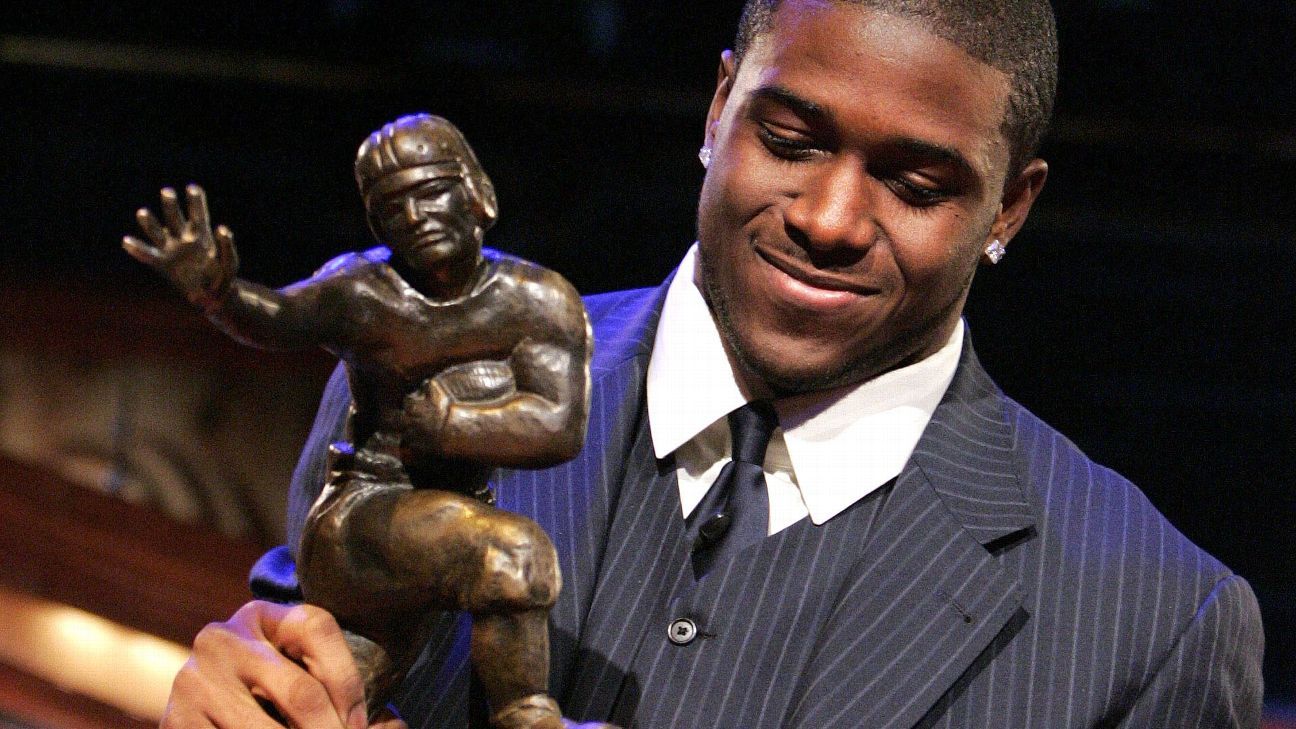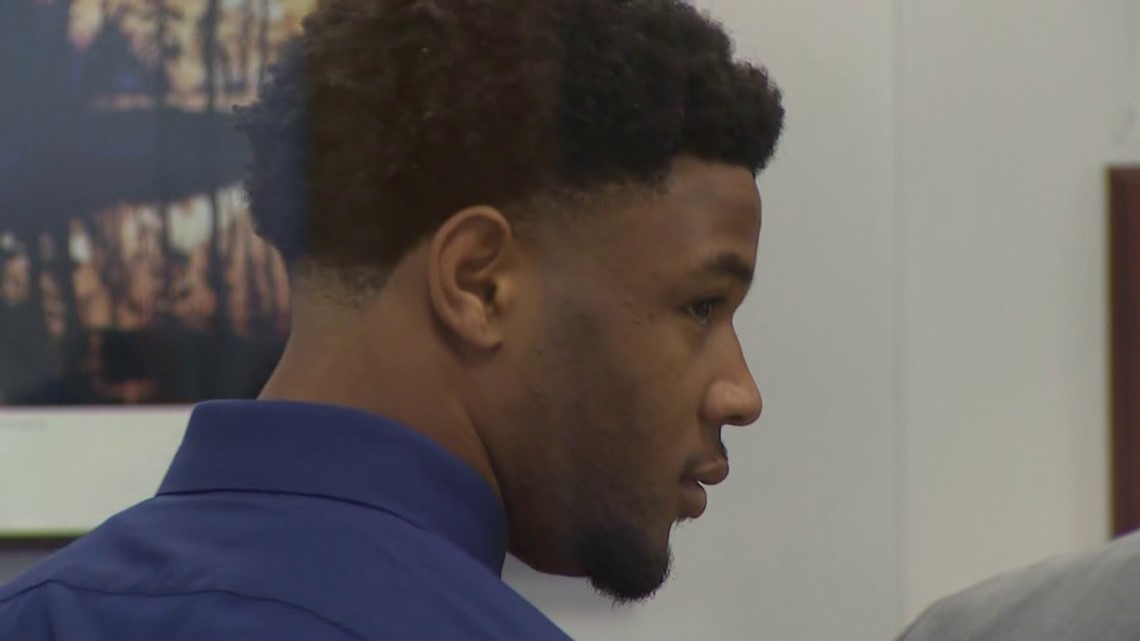Jon Wilner
April 20, 2024 at 7:00 am Updated April 20, 2024 at 7:00 am
The Hotline mailbag publishes each Friday. … Please note: Some questions have been edited for clarity and brevity.
What are the odds of a reverse merger between the Mountain West and the Pac-12 versus the Pac-12 simply poaching a selection of Mountain West schools to rebuild the conference? — @MarcSheehan006
It hinges, in part, on your definition of a reverse merger. But generally, we see three possible outcomes:
• All 12 schools vote to dissolve the Mountain West and join Washington State and Oregon State in rebuilding the Pac-12.
• At least nine but not all 12 schools vote to dissolve the Mountain West — a super-majority vote is required — and they join the Pac-12, leaving a few behind.
the latest from jon wilner
• Between four and eight schools give notice that they are leaving the Mountain West in the summer of 2026 to join the Pac-12, a scenario that leads to departure fees for the outbound schools and a poaching penalty for the Pac-12.
The top candidates to leave are fairly clear and would bring competitive success, media value or both: San Diego State, Fresno State, Boise State, Colorado State and UNLV.
The schools in jeopardy of getting left behind would be some combination of Hawaii, Utah State, Nevada, Wyoming and San Jose State, depending on the number of spots available.
Air Force and New Mexico fall into a middle tier, in our view.
Which scenario is most likely?
That would depend entirely on who else is available.
Washington State and Oregon State would prefer that another round of realignment creates a path into the ACC or Big 12 or some larger combination of those two conferences.
The next-best scenario for the ‘Pac-2’ schools would entail an ACC implosion that results in Cal and Stanford joining WSU and OSU in a rebuilt Pac-12. (In that case, the reconfigured conference would target only a few schools in the Mountain West.)
The third scenario would leave WSU and OSU with no path into the ACC or Big 12 and no possibility of Stanford and Cal returning. They would be forced to think bigger than a reverse merger with the Mountain West.
They would consider Gonzaga as a non-football member.
They would explore enlarging the conference footprint to include schools in Texas, with UTSA as an intriguing target.
They might even entertain the idea of creating a bicoastal league with schools in the Eastern Time Zone.
Keep in mind an essential element to the calculation: The Mountain West’s media deal with Fox and CBS expires in the summer of 2026, which coincides with the deadline for the emergence of a rebuilt Pac-12.
The media rights strategy will inform expansion decisions for WSU and OSU, and vice versa. The ‘Pac-2’ will attempt to create the most valuable entity possible.
And quantity doesn’t always equal value.
Are we overestimating the likelihood of a reverse merger? The Mountain West may not have a 100-year legacy, but it’s their legacy. — @Moneyline_RAY
Yes and no.
At this point, the likelihood of WSU and OSU executing a reverse merger, with either nine or all 12 Mountain West schools is less than 50-50.
But the chances of WSU and OSU partnering with some combination of Mountain West schools under the Pac-12 banner is close to 90%. Unless there’s a path into the ACC or Big 12, the Cougars and Beavers won’t have any other option.
Granted, we should not discount the possibility of WSU and OSU joining the Mountain West in a traditional expansion move.
But in our view — and despite everything that has unfolded in the past two years — the Pac-12 name and intellectual property are more valuable than the Mountain West name and intellectual property.
(How much more valuable? We can’t quantify the amount.)
And here’s one more piece to consider: Central to the long-haul strategy in Pullman and Corvallis is providing a landing spot in case the NCAA undergoes a massive restructuring — the formation of a super league, for instance — and several of the departing universities consider reversing course.
In that case, an active, competitive conference using the Pac-12 name would be more attractive.
Sponsored
We keep hearing the ‘Pac-2’ schools have a two-year grace period under NCAA rules. But don’t they really have 12 or 14 months to formalize their plan? — @erikmiletich
Your timeframe is about right. In order for a rebuilt Pac-12 to emerge in the summer of 2026, the process for adding schools would need to begin sometime next summer.
The ‘Pac-2′ schools don’t necessarily need a formal media rights agreement in place by that point. But they would need to have the membership piece locked down.
The other element, of course, is the Mountain West’s penalty structure. Our understanding is that schools would owe approximately $18 million if they give more than 12 months’ notice and roughly $35 million if they give less than 12 months’ notice.
So, let’s mark June 30, 2025, as the Hotline’s unofficial deadline for Washington State and Oregon State to finalize their next move.
Can you interview former Pac-12 commissioner George Kliavkoff to follow up on the conversation from the ‘Canzano and Wilner’ podcast from the fall of 2022? What went wrong? — @mlondo856
I would love to and, in fact, have made several attempts in the past nine months to interview Kliavkoff. He’s not interested. Radio silence is his preferred approach.
But it’s not just the Hotline. Kliavkoff has not uttered a public peep since the conference imploded on Aug. 4. No offerings of regret or remorse. No apology to WSU, OSU and fans across the footprint.
As we wrote when his term concluded at the end of February, Kliavkoff doesn’t believe he has reason to apologize, according to sources.
He blames the collapse entirely on the presidents’ poor leadership, the difficult circumstances he inherited (from Larry Scott), and the schools’ refusal to accept the Apple deal he placed before them.
His stance is, of course, ludicrous. Of course he bears some responsibility.
But he has the right to remain silent.
Any estimates on how much former Oregon State tailback Damien Martinez will make now that he’s in the transfer portal? — @bdgiddens6
Our guess is that Martinez lands a deal in the mid-six-figure range, so anywhere from $400,000 to $600,000.
How much will be guaranteed? How much will the agreement lean into incentives? We can’t answer and don’t really care.
Money played a factor in Martinez’s decision to enter the transfer portal, but it wasn’t the only factor.
He wants the largest platform possible for his final season in order to prove to NFL scouts that he’s worthy of being a high-round draft pick.
The stouter the competition, the better.
In that regard, his decision was comparable to Jonathan Smith’s move to Michigan State. They craved competition, exposure and resources on a higher level.
We remain optimistic about Oregon State’s long-haul status in college football and basketball — the industry will eventually restructure to the point that the ‘Pac-2’ schools are on the same tier as many schools remaining in the power conferences.
But the next few years will be brutally, indisputably difficult.
Do you think the current state of NIL is broken? If so, how would you fix it if you were head of the NCAA? — @BennyL1986
It has been broken from Day One, July 1, 2021, when the NCAA prohibited schools from participating in the NIL process, thereby ensuring the booster-run collectives would control the marketplace.
Not quite three years later, the NCAA is moving toward a complete policy reversal and permitting athletic departments to broker the deals between the athletes and their business partners.
The shift will add oversight but won’t dampen the market.
What might bring some sanity?
If athletes are declared employees and paid salaries by the schools — we think that step is inevitable in the next two or three years — the impact of NIL opportunities on recruiting and transfer decisions could diminish slightly.
Like so much else about college sports, NIL is an absolute mess.
Why do you hate on Washington football so much? — @jakekwood
There is no hate. The Hotline doesn’t hate any team or school. We don’t even dislike any team or school.
Picking against a team to win during the season does not indicate an inherent bias.
All the fans who believe I’m anti-Husky because of the weekly picks seem to have forgotten that I projected Washington to win the Pac-12 championship eight months before the season began.
UW’s march to the title made the Hotline look smart. Given all the times my predictions are wrong, I’m never opposed to being right.
What do you think of the Ivy League? How does it fit into your assessment of the college athletic scene? — Lawrence Grant
When we think of the Ivy League these days, we think of irony.
With its absence of scholarships and heavy emphasis on academics, the Ivy is closer to the NCAA ideal of amateurism than any other conference in Division I.
And yet, it’s at the center of the revolution, courtesy of the Dartmouth basketball team voting to unionize.
With an assist from the National Labor Relations Board, the Green Wave voted 13-2 last month to join Service Employees International Union Local 560.
The process will take time to play out. But if successful, the players would form the first labor union in college athletics.
Jon Wilner:
jwilner@bayareanewsgroup.com
